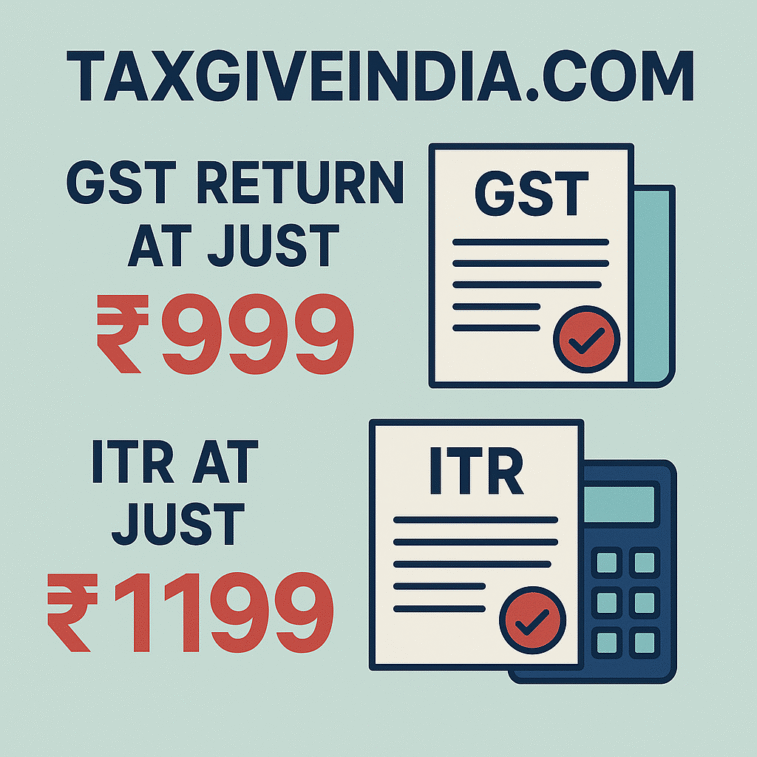Learn how Faceless Assessment & e-Appeals work under Income Tax 2025. Understand key sections like 144B, the step-by-step process, and real-life case examples – all explained in simple terms.
Table of Contents
What is Faceless Assessment?
Faceless Assessment is a 100% online system by the Income Tax Department introduced under:
- Section 143(3A) – For faceless scrutiny assessment
- Section 144B – Complete procedure for faceless assessments
There is no face-to-face meeting with officers. Case allocation is random and processed centrally to ensure transparency and fairness.
Faceless Assessment Process (2025) – Step-by-Step
- Notice Received
Sent under Section 143(2) (for scrutiny) or Section 148 (for reassessment). Delivered via registered email and income tax portal. - Submit Response Online
All replies, explanations, and supporting documents must be submitted through the income tax e-filing portal. - Assessment by National Faceless Assessment Centre (NaFAC)
Your case is reviewed anonymously by tax officials through a digital system under Section 144B. - Final Order Issued
The final assessment order (with refund or demand) is uploaded online in your account.
Real-Life Example – Faceless Scrutiny Assessment
Case:
Rajesh, a salaried employee in Mumbai, received a notice under Section 143(2) for AY 2024-25.
Reason: Interest income mismatch – Form 26AS showed ₹52,000, but his ITR only showed ₹20,000.
Resolution:
He uploaded a corrected bank interest certificate and computation. NaFAC accepted the explanation, and the case was closed without any physical meeting.
What is a Faceless e-Appeal?
Faceless e-Appeals are online appeals under the Faceless Appeal Scheme as per:
- Section 250(6B) to 250(6D) – Faceless appeals before the Commissioner (Appeals)
You can file an appeal against:
- Assessment orders under Sections like 143(3), 144, 147
- Penalty orders under Section 270A, 271
- TDS defaults or refund denials
How to File a Faceless e-Appeal (2025)
- Login at https://www.incometax.gov.in
- Go to “e-Proceedings” → “e-Appeals”
- Select the relevant assessment order
- Fill and submit Form 35 with grounds for appeal and supporting documents
- Note down the acknowledgement number and track appeal status online
Real-Life Example – Faceless Appeal Filing
Case:
Priya, a freelance graphic designer, filed ITR under Section 44ADA.
The Assessing Officer rejected the claim, citing incorrect eligibility and raised a demand of ₹1.2 lakh.
Action Taken:
Priya filed a faceless appeal under Section 250, attached her bank transactions and invoice history to prove eligibility.
The appeal was allowed, and the demand was dropped.
Key Benefits of Faceless Assessment & Appeals
| Feature | Benefit |
|---|---|
| No Office Visits | Entirely online process |
| Anonymous Assessment | Random officer allocation |
| Faster Resolution | Time-bound case handling |
| Complete Transparency | Full digital record and status tracking |
Income Tax 2025 Sections You Should Know
| Section | Description |
|---|---|
| 143(2) | Scrutiny notice |
| 148 | Reopening of assessment |
| 144B | Faceless assessment procedure |
| 250 | Appeals before Commissioner (Appeals) |
| 270A | Penalty for under-reporting of income |
| 271 | General penalty provisions |
| 143(3A) | Empowering faceless assessments |
| 250(6B)–(6D) | Faceless appeal mechanism |
Deadline to File an e-Appeal
You must file the appeal within 30 days from the date of receiving the assessment or penalty order.
Delay may be condoned with proper justification.
Tips for Taxpayers
- Regularly check your income tax portal and email
- Respond promptly to any notices
- Keep all ITR-related documents and proofs ready in digital format
- Consult with taxgiveindia for technical matters and appeals
Final Thoughts
Faceless Assessment and e-Appeals are transforming tax compliance in India. They ensure fair, fast, and efficient resolution of tax matters without physical interface. Every taxpayer, whether salaried or self-employed, should understand their rights and use the process effectively to avoid unnecessary tax demands.
